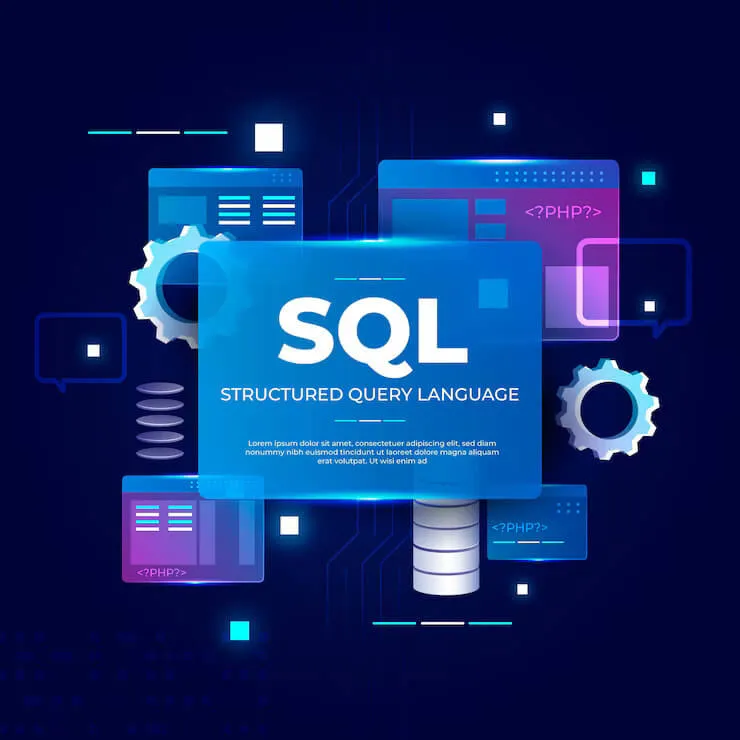
Converting an MS Access database to Visual Basic (VB), ASP.NET, or SQL Server involves multiple stages, each addressing different aspects of the conversion process. Below is a step-by-step guide on how to transition your Access database to a modern development environment like Visual Basic, ASP.NET, and SQL Server.
1. Analyze the Access Database
- Inventory: Understand the structure of the Access database. Identify tables, relationships, queries, forms, reports, and VBA (Visual Basic for Applications) code used for automation or data processing.
- Dependencies: Identify any external references or linked data sources that the Access database might use.
- Data Complexity: Review the complexity of the data. Large datasets, complex relationships, and stored procedures in Access need special attention when migrating to SQL Server.
2. Migrate the Database Schema to SQL Server
- Create Tables in SQL Server:
- SQL Server uses Transact-SQL (T-SQL) for creating tables, defining relationships, and setting up constraints. Convert the tables from Access to SQL Server by exporting Access tables into SQL Server.
- You can use SQL Server Migration Assistant (SSMA) for Access, a tool provided by Microsoft, to automate the conversion of Access tables into SQL Server tables.
- Pay attention to primary keys, foreign keys, indexes, and data types since there might be differences in how Access and SQL Server handle them.
- Export Queries: Convert Access queries (e.g., SELECT, UPDATE, DELETE) into T-SQL. You might need to rewrite complex Access queries, particularly if they use Access-specific syntax or functions.
3. Migrate VBA Code to .NET (Visual Basic or C#)
- Understand Existing VBA Logic: Examine all the VBA code in the Access database. This code can include form-related actions, data processing, report generation, and automation.
- Convert VBA to Visual Basic (.NET): In Visual Studio, you can re-implement the business logic written in VBA using Visual Basic.NET (VB.NET) or C#. Convert all forms, reports, and business logic into classes, methods, and events in .NET. Ensure that any event-driven programming (e.g., button clicks, form loads) in VBA is translated into ASP.NET or Windows Forms.
- Data Access: Access databases use DAO (Data Access Objects) or ADO (ActiveX Data Objects) for data manipulation. In .NET, you’ll use ADO.NET or Entity Framework (EF) to interact with SQL Server. These libraries allow you to query, insert, update, and delete data.
- Replace DAO/ADO code with ADO.NET classes, such as SqlConnection, SqlCommand, and SqlDataReader.
- If migrating to Entity Framework, you can create an EF model to map the database schema to .NET classes.
4. Redesign User Interface in .NET
- Forms in Access to Web or Desktop Forms:
- Windows Forms or WPF: If you’re converting the Access database into a desktop application, use Windows Forms or WPF (Windows Presentation Foundation) for the user interface in Visual Basic or C#.
- ASP.NET Web Forms or MVC: If converting to a web application, ASP.NET Web Forms or ASP.NET MVC should be used. These frameworks allow you to create dynamic web pages with data-driven interaction. Use Web API for handling backend logic and database interactions.
- Migrate Access Forms: Access forms need to be redesigned for the new platform. This involves converting the form design, controls, event handlers, and user interaction logic into equivalent controls in Visual Studio.
5. Rewrite Reports and Business Logic
- Access Reports to Crystal Reports or SQL Server Reporting Services (SSRS):
- Access reports should be converted to Crystal Reports or SSRS for reporting capabilities in a SQL Server environment. SSRS offers an integrated reporting solution within the SQL Server ecosystem and supports a wide range of report formats and features.
- Business Logic: If there are complex calculations or logic in Access that is done in VBA, you may need to rewrite that in your application’s logic layer. For example, business rules that were previously embedded in Access queries or forms will now be implemented in the application code in Visual Basic or C#.
6. Test the Migration
- Data Integrity: Ensure that the data is transferred correctly by testing the migrated database against the original Access database. Validate the number of records, relationships, and any triggers or stored procedures.
- Functionality Testing: Test the business logic, user interface, and reports thoroughly to ensure that the application behaves as expected.
- Performance Testing: SQL Server generally provides better performance and scalability than Access, but it’s important to optimize queries and ensure proper indexing to avoid performance bottlenecks.
7. Optimize and Secure the SQL Server Database
- Indexing: Ensure that the SQL Server database has the necessary indexes to support fast querying, especially for large datasets.
- Stored Procedures and Triggers: Move business logic and data validation into stored procedures or triggers to maintain the logic within the database layer, improving security and performance.
- Security: Implement appropriate role-based security for access control in SQL Server. Encrypt sensitive data, and ensure that the connection strings between your application and the database are secured.
8. Deploy the Application
- Deploy to SQL Server: Once the database and application are ready, deploy the database to a SQL Server instance and connect it to the Visual Basic or ASP.NET application.
- Deploy the Application: Deploy the user interface application, whether it’s a web or desktop application. For web apps, ensure the ASP.NET application is hosted on a suitable server with access to SQL Server. For desktop apps, package and distribute the application to users.
Conclusion:
Migrating from MS Access to a modern platform such as Visual Basic, ASP.NET, and SQL Server involves multiple steps: converting the database schema, moving business logic from VBA to .NET, redesigning the user interface, and re-implementing reports and automation. With the help of tools like SQL Server Migration Assistant (SSMA), proper planning, and testing, you can successfully modernize your Access database and improve performance, scalability, and user experience.





